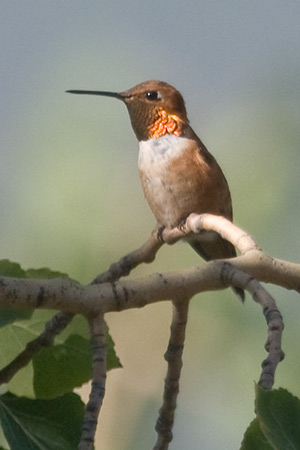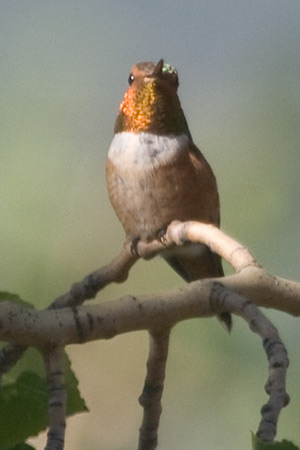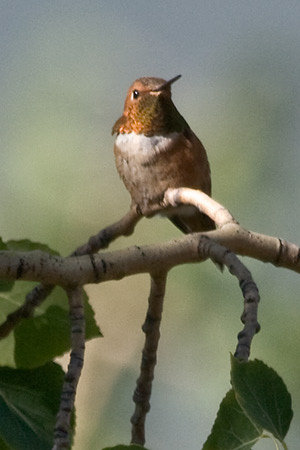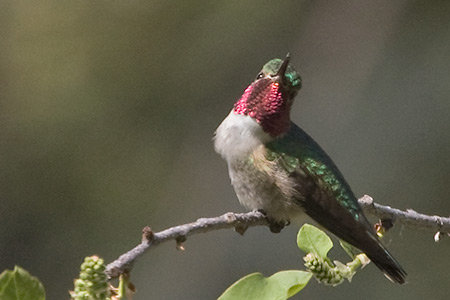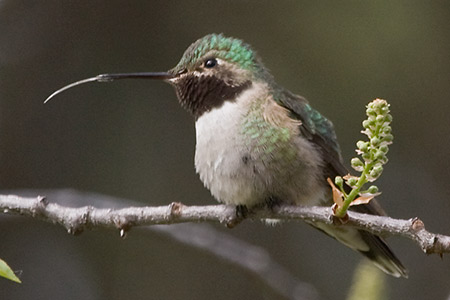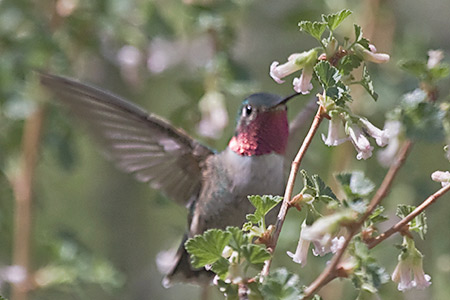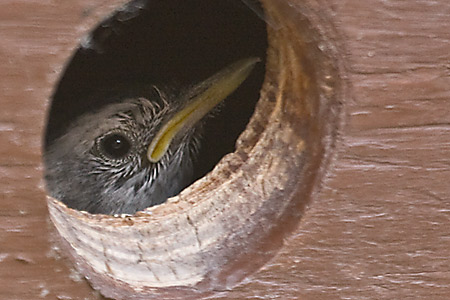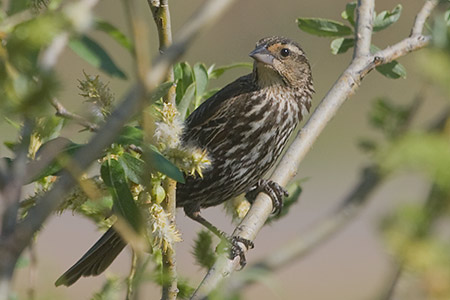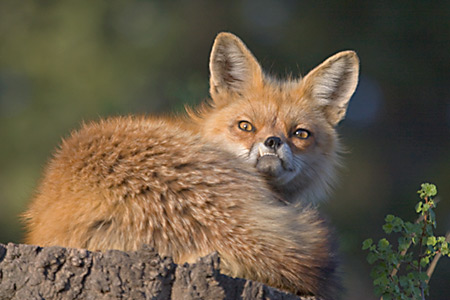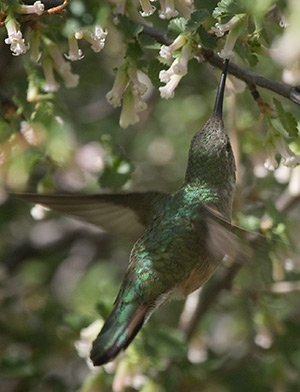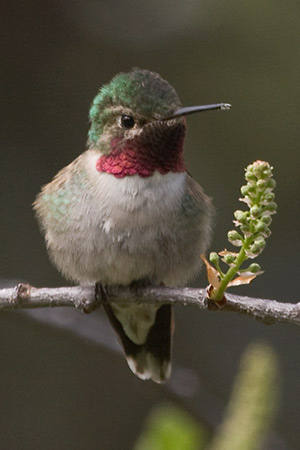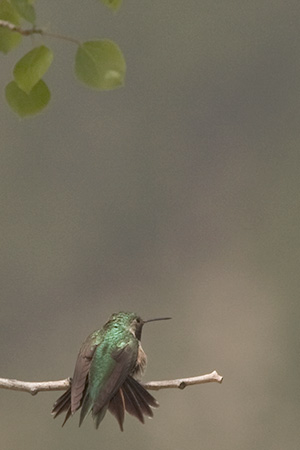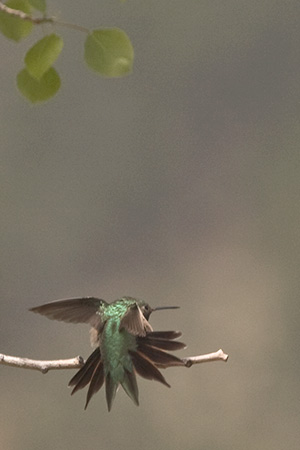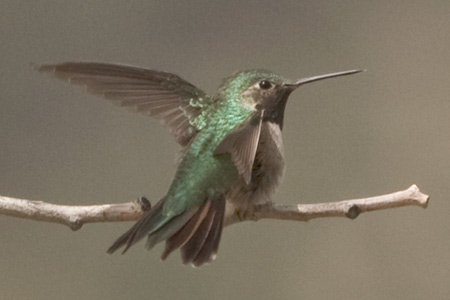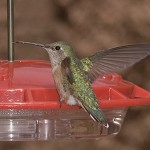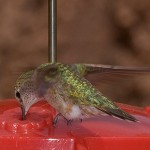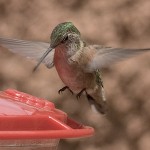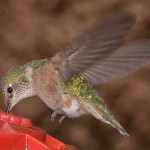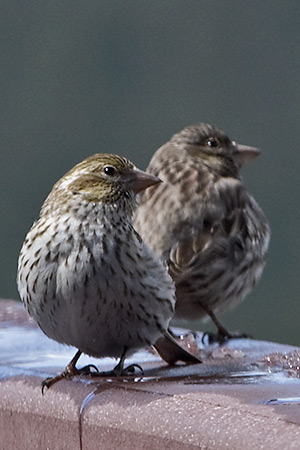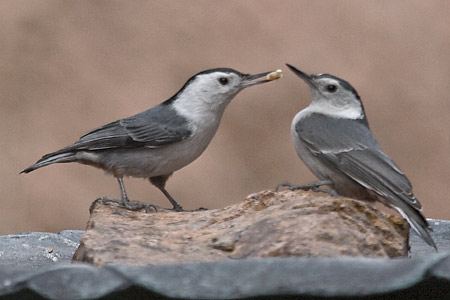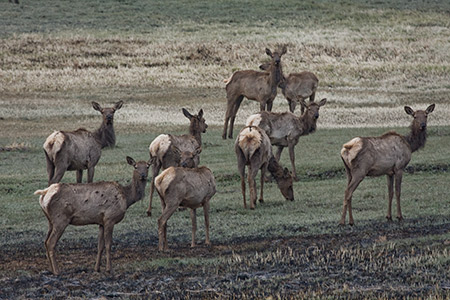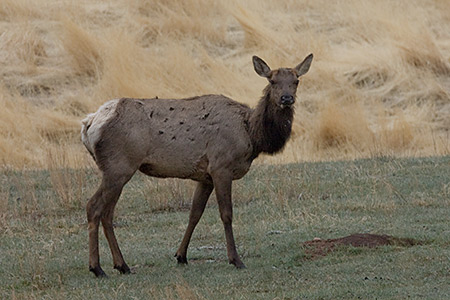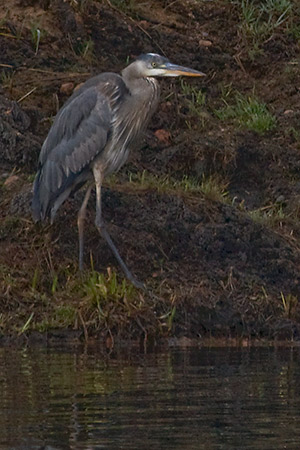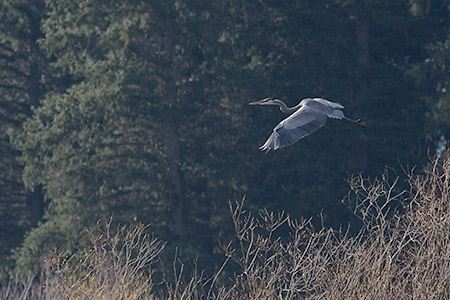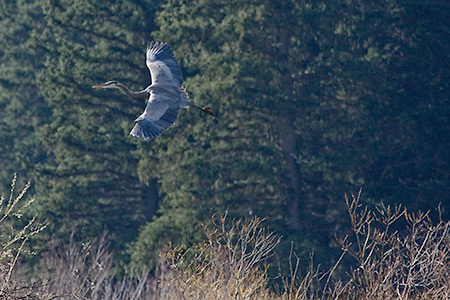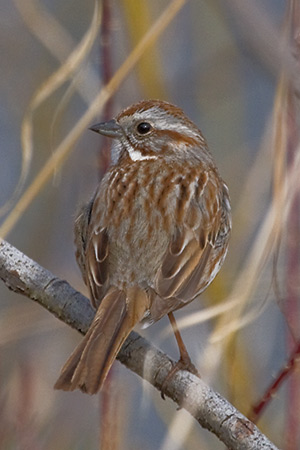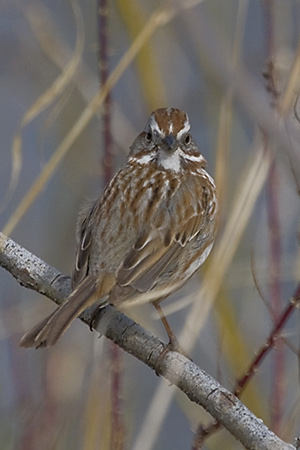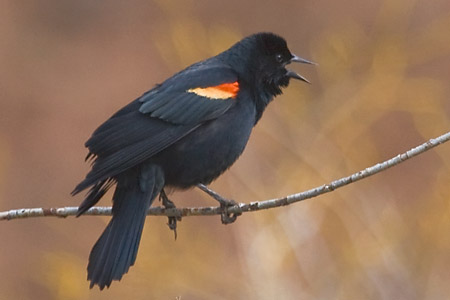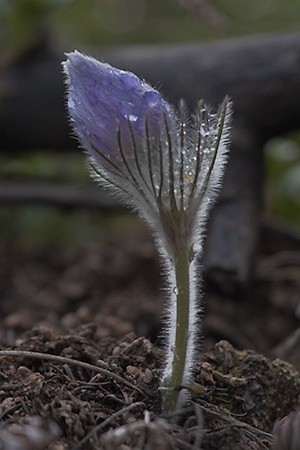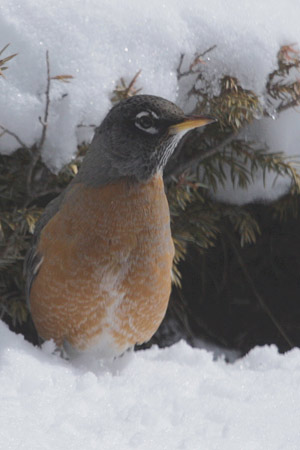
Like most bird lovers, I love to listen to wild birds sing and call to each other. When not outdoors listening to the birds, many of us sing and call out to other bird lovers on our blogs. Our songs are about sighting and identifying, feeding and protecting, counts and migrations, courting and reproducing, survival and death.
As host of Edition #74 of IATB, I’d like to have a songfest for bird-loving bloggers.
Let the singing begin! (edited to include one more! scroll to the end of the post to read additional)
Birding Down the River is sure to be a pop hit for this carnival with N8 at The Drinking Bird singing a song of Carolina, listening to the birds sing, and cliff swallows nesting. N8 warbles in harmony with Mike of 10,000 birds as they count warblers in their respective locations.
And Mike’s charming warble, Prothonotary Warbler in Central Park, at 10,000 Birds is beautifully done with some Screeches at the end.
In St. Louis was Cold, Jeff at Boreal Bird Blog sings a song of birding in the St. Louis area and a song of appreciation for Audubon Conservation efforts in St. Louis. If you haven’t already, be sure to follow the link in Jeff’s post to sign the petition and learn how you can help the wild birds that depend on the Boreal Forest.
In Tucson, Arizona, Pam sings a mourning song, A Bitter-Sweet Tale of an Owl Family, on her blog, Tortoise Trail.
Moe sings about the American Goldfinch on his blog and even allows the bird a chance to sing there, too. See the photos, watch the videos, and learn about the American Goldfinch at Iowa Voice.
A song of Serendipity is sung by fine art photographer Howard Grill on his blog, Motivation. Howard’s lovely photo shows us the heron and sunrise which inspired his song.
Fox Sparrows Migrating Through is a happy song by The Zen Birdfeeder about the fox sparrow’s color and feeding habits with photos to help us ID the species.
Some Lifers are Easier than Others is birding photographer Bill Schmoker’s song at BrdPics. Every picture tells a story in this ballad of a birding trip and in the end we find ourselves wishing Bill many more “Easy Lifers” so we can see even more of his BrdPics.
Seabrooke sings of a close encounter with a hawk in Red Tail Fly By. With wonderful photos throughout, Seabrooke’s song lives up to her blog’s title, the Marvelous in Nature.
In Australia, Golden Whistlers in the Garden have Trevor singing a song of delight at Trevor’s Birding where he shows us photos of both male and female Golden Whistlers singing in his garden.
Killdeer to Photographer: Eat Me! Not them! is a song of parental desperation by The Ridger at The Greenbelt with great photos providing back-up to the lyrics.
A song of nesting ritual, Great Blue Herons Building Nest, is sung by nature photographer Mark Graff at Notes from the Woods. You might expect this song to be serious Emo on a Magic Moment, but Mark manages to find a bit of humor in the ritual.
Baby Owls is a nursery song about the cute and the fuzzy, Great Horned Owl Nestlings, sung by SeEtta at SE Colorado Birding.
In Bartramia, we have a medley of species with special emphasis on the Upland Sandpipers sung by Nick Sly of Biological Ramblings after a fine day of spring birding.
At Gallicissa, Amila Salgado sings Fines at Sinharaja, his song of guiding a couple of English birders on a two day trip of twitching and photography in the rain forest of Sri Lanka.
Humming in British Columbia, Susannah’s tune, Zip. Buzz. Hum., at Wanderin’ Weeta gives us a pair of rufous hummingbirds hovering ‘round a feeder and lots of information for rufous ID.
Hum along with Max to Ready, Set, Fledge! at The Apartment Biologist. His song is a hopeful one of survival for fledgling Annas hummingbirds.
An Earth Day and Anniversary Celebration marks a milestone. Ecobirder performs a medley of greatest hits from year one of blogging. Congrats on the anniversary to you, Ecobirder! What Superb Photography!
In Provence 2008: The Camargue I, Rick Wright sings the praises of the Camargue, a must-visit birding paradise in Provence, France.
Liza Lee Miller holds a sing-along with wild turkeys in Turkeys Prowling the Streets. See and hear the gobblers on her blog, It’s Just Me.
At The House and Other Arctic Musings, blogger Clare Kine is singing a song of spring in the High Arctic with Return of the Kiggavik on the return of the Gyrfalcons.
Egrets…we’ve had a few is the song at Snail’s Eye View. Don’t let the modest title of this one fool you! Snail’s song provides ID information and great photos of these beautiful birds.
At Steve Bodio’s Querencia, the song is from Cat Urbigkit of Wyoming and shows us an Eagle doing a little Spring Duck Hunting.
The sweet song of thanks, Awww…, by Bennet at his blog, Pish, will make you smile.
Chas, at Southern Rockies Nature Blog, notes The Persistence of Pigeons with an interesting photograph.
And now, one final song:
Drew, at Nemesis Bird, sings of an Orchard Oriole and warblers, too. Oh, to photograph such a beauty among the flowers!
Big OOPS!! I missed a song somehow!
With all the singing going on, I failed to hear one song of birding at Bellbird Corner by Ben Cruachan. Now look here…. sang Ben and with a title like that you might wonder how Con missed it. I wonder, too. If anyone else has been left out, please re-send your submission as Ben so kindly did.
Thanks to everyone who contributed to this edition of I and the Bird! IATB #75 will be published May 15th at Gallicissa.
Send your wild bird related posts to gallicissa AT gmail DOT com
